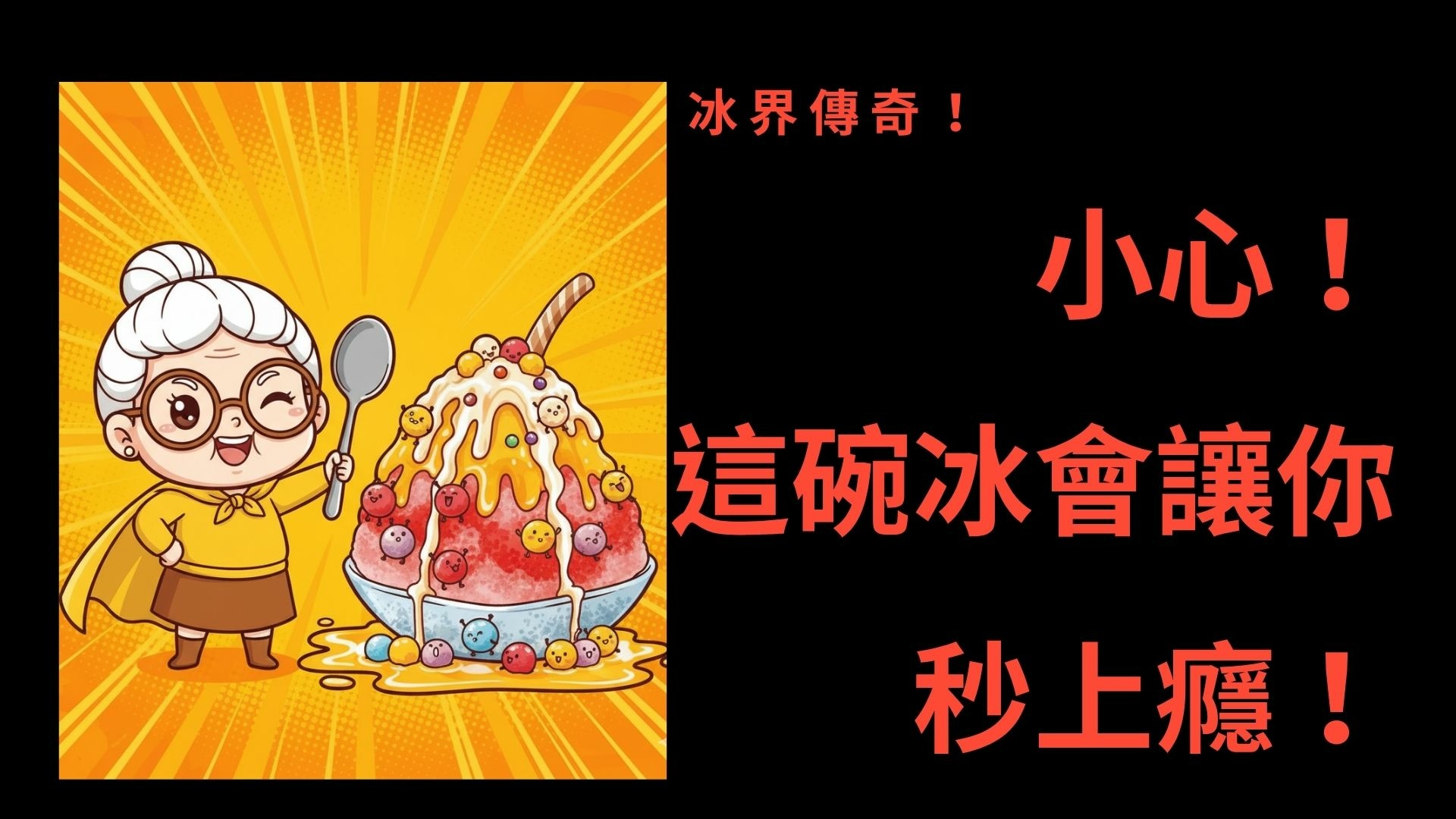Study Reveals Harm to Fish From Tiny Bit of Plastic Pollution 研究披露塑膠微粒污染有害魚類
精英翻譯設轉自http://iservice.ltn.com.tw/Service/english/english.php?engno=998583&day=2016-06-08
◎魏國金
Scientists have demonstrated for the first time the devastating physiological and behavioral effects on fish exposed to the tiny bits of plastic pollution clogging the world’s oceans.
科學家首度證實,塞滿全球海洋的塑膠微粒污染,將對暴露其中的魚類產生毀滅性的生理與行為效應。
Lab experiments with European perch larvae showed exposure to microplastic particles at levels present in seas inhibited hatching of fertilized eggs, stunted larval growth, reduced activity levels, and made them more susceptible to predators, increasing mortality rates.
以歐洲河鱸幼魚進行的實驗室試驗顯示,暴露於當前海洋中塑膠微粒濃度的環境,將抑制受精魚卵的孵化、阻礙幼魚的生長、降低活動程度,並讓牠們較易遭掠食者捕食,進而增加其死亡率。
"For me, the key finding and biggest surprise in this study was the fact that larvae preferentially ate microplastic particles and literally stuffed themselves with the microbeads," ignoring their natural food source of zooplankton, said marine biologist Oona Lönnstedt of Uppsala University in Sweden.
「對我而言,本研究最關鍵的發現與最大的震驚,是幼魚嗜吃塑膠微粒,簡直是用微珠撐飽自己,」而對其天然的食物來源浮游生物不屑一顧,瑞典烏普薩拉大學的海洋生物學家隆恩史泰德說。
Microplastic particles, bits of plastic measuring no more than 5 mm, come from large plastic trash that has fragmented into smaller pieces or from manufactured plastics of microscopic size such as microbeads in products like facial soap, body wash and toothpaste.
大小不超過5公釐的塑膠微粒來自於碎裂成小碎屑的大型塑膠垃圾,或來自微粒狀的塑膠加工品,例如洗面皂、沐浴乳與牙膏等產品中的柔珠。
"If microplastics are indeed affecting organisms, then this really calls for a ban on microplastic beads in body-care products and cosmetics around the world," Lönnstedt said.
「若塑膠微粒確實會影響生物,就真的要呼籲在身體護理產品與化妝品上全球禁用柔珠,」隆恩史泰德說。
 留言列表
留言列表



 {{ article.title }}
{{ article.title }}